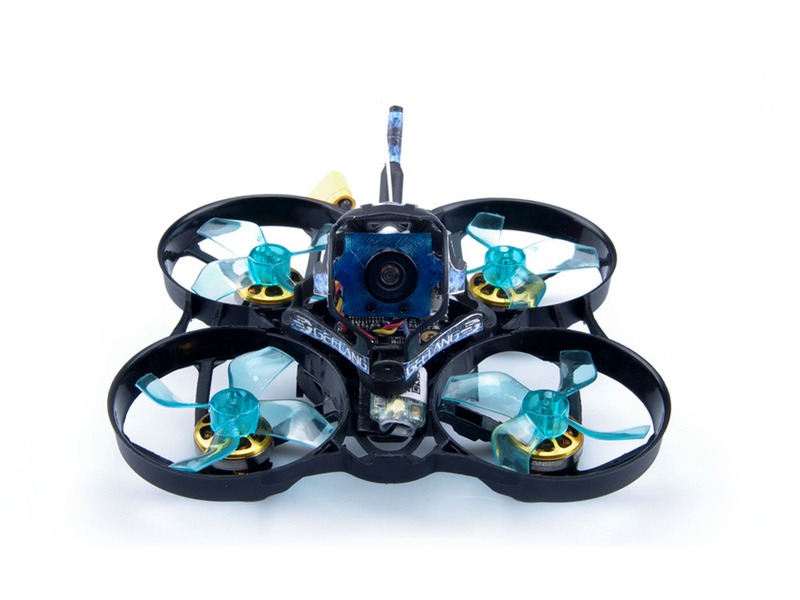Can you land a drone on water?

Yes, you can land a drone on water. Drones are becoming increasingly popular for recreational and commercial use, and one of their most impressive capabilities is the ability to land on water. Landing a drone on water is a relatively simple process that requires a few basic steps and a bit of practice.
First, you will need to make sure that the drone is properly equipped for water landings. Many drones come with waterproofing features, but it is always a good idea to double-check the specifications before attempting a water landing. If your drone does not have waterproofing, you may need to purchase an aftermarket waterproofing kit.
Once you have ensured that your drone is properly equipped for water landings, you will need to choose a suitable landing area. The ideal spot will be relatively calm and free of debris or other obstructions. It is also important to make sure that your drone has enough space to land safely, as water landings require a larger area than landings on solid ground.
Before you attempt a water landing, you should practice hovering over the surface of the water for a few seconds. This will give you a better sense of how your drone will respond to the water and will help you to become more comfortable with the process.
When you are ready to land, you should slow your drone down and reduce its altitude until it is just a few feet above the surface of the water. Once the drone is close enough to the water, you should cut the throttle and allow the drone to settle onto the surface.
It is important to remember that water landings can be dangerous if not done properly. Make sure that you are aware of your surroundings and that there are no obstacles in the way of the drone before you attempt a landing. If you are unsure, it is always best to practice in a safe area with no obstructions.
Landing a drone on water is a unique and impressive skill that requires a bit of practice. With the proper equipment and a bit of patience, you should be able to safely and successfully land your drone on water.
Comments / Question
2. Water-Landing Skids: These skids are designed to provide a stable platform for UAVs to land on water. They are typically made of lightweight materials such as carbon fiber and foam and feature a wide base for stability.
3. Water-Landing Floats: These floats are designed to provide buoyancy for UAVs when landing on water. They are typically made of lightweight materials such as foam and feature a wide base for stability.
4. Water-Landing Nets: These nets are designed to catch UAVs when they land on water. They are typically made of lightweight materials such as nylon and feature a wide base for stability.
5. Water-Landing Propellers: These propellers are designed to provide additional thrust for UAVs when landing on water. They are typically made of lightweight materials such as carbon fiber and feature a wide base for stability.
2. Ensure the area is free of debris and other obstacles that could interfere with the landing.
3. Make sure the wind speed is within the drone’s operating limits.
4. Make sure the water is deep enough to accommodate the drone without hitting the bottom.
5. Consider using a floatation device to keep the drone afloat if it does not have a built-in flotation system.
6. Make sure the landing area is away from any people or boats.
7. Monitor the weather conditions to ensure they are safe for landing.
8. Make sure the drone is powered off and the propellers are stopped before attempting to land.
2. Developing a reliable and robust landing gear system that can handle the force of a water landing.
3. Developing a system to prevent water from entering the aircraft during the landing.
4. Developing a system to provide sufficient buoyancy to keep the aircraft afloat after the landing.
5. Developing a system to prevent the aircraft from capsizing or sinking after the landing.
6. Designing a system to ensure the aircraft is stable during the landing and can be safely maneuvered.
7. Developing a system to provide sufficient thrust to allow the aircraft to take off from the water.
8. Developing an effective system to drain the water from the aircraft after the landing.

